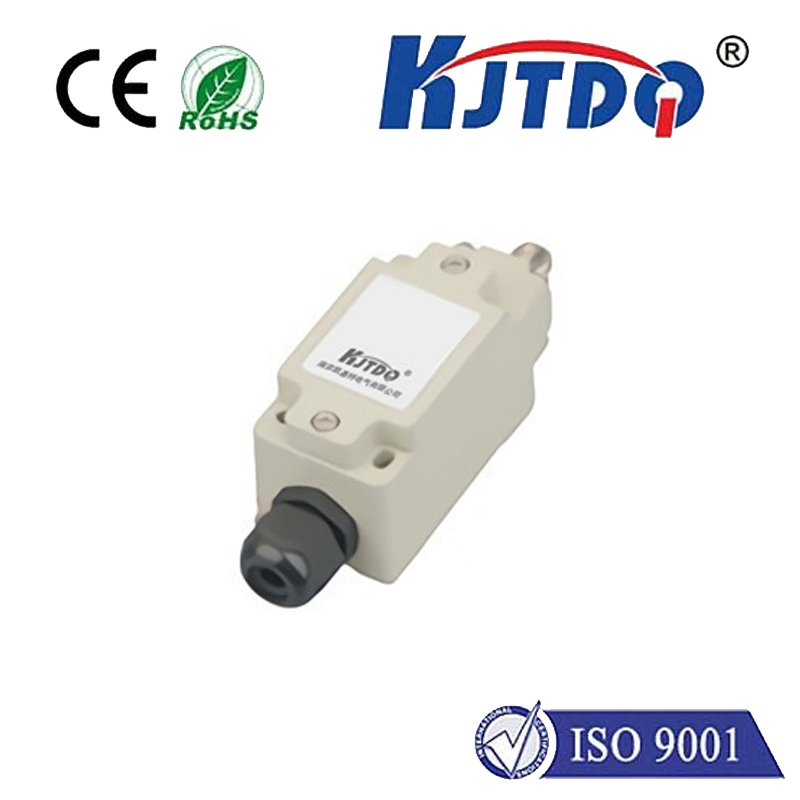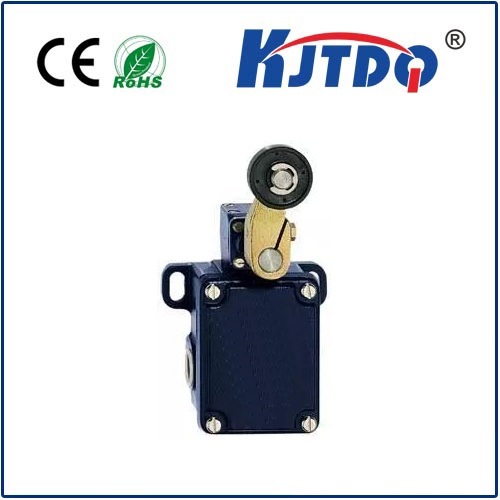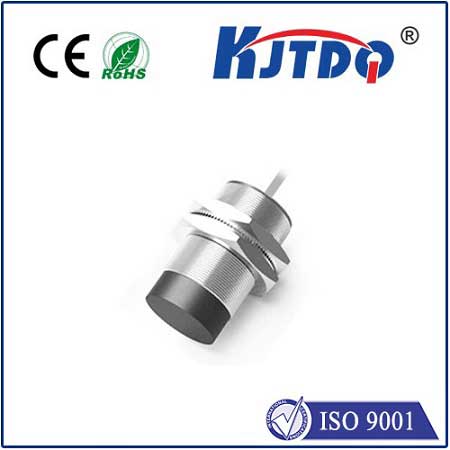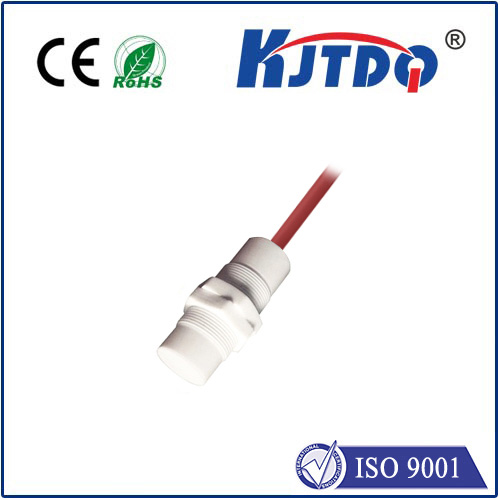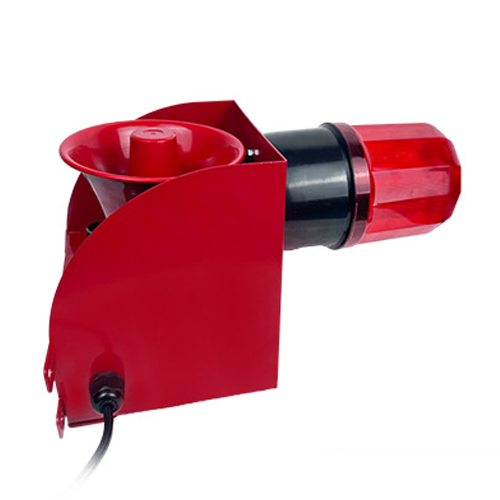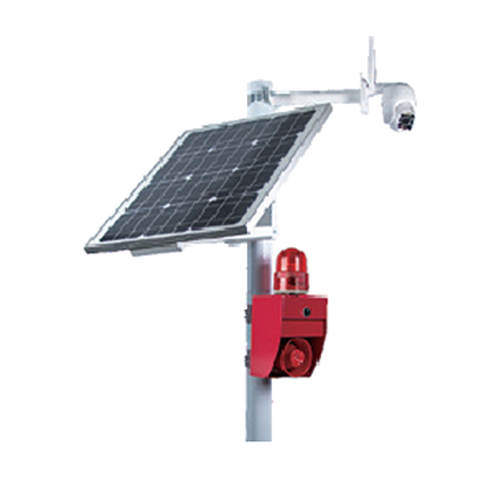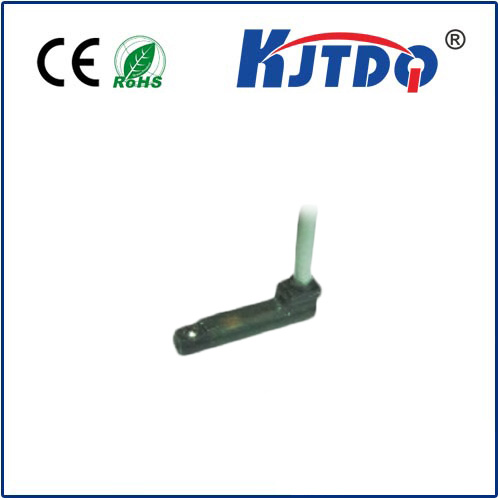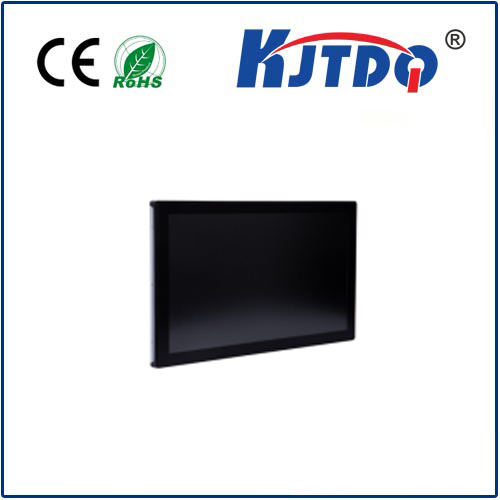Have you ever marveled at how your smartphone automatically dims when you hold it near your ear, or how industrial robots flawlessly assemble tiny components without collisions? These everyday marvels stem from the elegant interplay of two pivotal technologies: position sensors and proximity sensors. While they might sound like niche terms from engineering jargon, their convergence—often dubbed position sensor proximity—is quietly reshaping industries from consumer electronics to advanced manufacturing. This synergy enables devices not just to “see” where objects are, but to anticipate their presence with uncanny accuracy. In today’s fast-paced world, where efficiency and safety are paramount, understanding this fusion unlocks the door to smarter, more responsive systems. Dive in as we explore how these sensors work together, their transformative applications, and the exciting future they promise.
At their core, position sensors and proximity sensors serve distinct yet complementary roles. Position sensors focus on measuring the exact location or movement of an object in space. Think of devices like linear encoders in machinery, which track precise displacements down to micrometers, or rotary encoders in automotive steering systems that monitor wheel angles in real time. They deliver quantitative data—say, “the robotic arm is 5 cm from its target”—relying on principles like magnetic fields or optical signals. In contrast, proximity sensors excel at detecting whether an object is nearby without physical contact. Technologies such as capacitive or inductive sensors, found in elevator doors or touchless faucets, send out signals (like electromagnetic waves) that bounce back when an obstacle approaches. They provide binary feedback: “object detected” or “not detected,” which is crucial for safety and automation. While position sensors give detailed coordinates, proximity sensors offer instant alerts about presence—making them ideal partners for holistic sensing solutions.

The true magic of position sensor proximity emerges when these technologies integrate. For instance, modern autonomous vehicles combine both to navigate complex environments. A car’s LiDAR system (using lasers for precise position tracking) pairs with ultrasonic proximity sensors to not only map surroundings in 3D but also trigger emergency brakes if a pedestrian gets too close. This fusion enhances precision—say, calculating if an object is within 10 mm and moving—while reducing errors from individual sensor limitations. Key advantages include improved safety, as systems can predict collisions before they occur, and boosted efficiency, like in assembly lines where robots adjust paths dynamically based on proximity inputs. Industry experts note that this integration minimizes “blind spots,” with sensors cross-verifying data for reliability. A common example is in smart homes, where motion-activated lights (proximity-based) integrate with position sensors in thermostats to optimize energy use room-by-room.
In practical applications, position sensor proximity drives innovation across diverse sectors. Start with consumer electronics: your fitness tracker uses an accelerometer (a type of position sensor) to count steps, while its proximity detector dims the display during runs to save battery—this seamless blend enhances user experience. In industrial automation, factories deploy Hall effect sensors for position measurement on conveyor belts, synchronized with inductive proximity switches to halt operations if components jam. This prevents costly downtime; one case study showed a 30% reduction in equipment failures after integration. Automotive realms thrive on it too—parking assist systems fuse ultrasonic proximity detection with position feedback to guide vehicles within inches of obstacles. Even in healthcare, surgical robots leverage this synergy for precise incisions, with proximity alerts ensuring tools don’t contact vital tissues. The data revolution supports this, as IoT networks allow sensors to share insights via cloud platforms, enabling predictive maintenance—for example, alerting when machinery parts wear down based on combined proximity and position anomalies.
Despite its benefits, achieving flawless position sensor proximity poses challenges that spur ongoing innovation. Calibration issues can arise, such as electromagnetic interference skewing readings, especially in dense environments. This requires robust algorithms to filter noise—research from institutions like MIT highlights AI-driven solutions that learn from sensor data to improve accuracy. Material constraints also play a role; for instance, high-end position sensors may face wear in harsh conditions, whereas proximity variants can be affected by environmental factors like humidity. Emerging trends point to miniaturization and cost reduction, with startups developing nanotechnology sensors that pack both functions into tiny chips. Hybrid models, like time-of-flight sensors, exemplify this by measuring distance (position) via light pulses while detecting proximity—a leap forward in applications like drone navigation. As we advance, the focus is on making these systems more accessible and sustainable, reducing power consumption through low-energy designs.
Looking ahead, the evolution of position sensor proximity promises to redefine human-machine interaction. With the rise of augmented reality and smart cities, integrated sensors could create immersive environments—imagine glasses that adjust focus based on your proximity to objects while tracking eye position. Innovations in materials science, like graphene-based sensors, offer higher sensitivity and durability, paving the way for affordable, widespread adoption. This isn’t just tech for tech’s sake; it addresses real-world needs, such as enhancing workplace safety or enabling accessible devices for the elderly. Ultimately, the convergence of position and proximity sensing underscores a broader shift toward intelligent, adaptive systems that make our lives safer, simpler, and more connected. (Word count: 875)
